 VLOG #12: Four Tips for Shot Placement on Bear (Rode a Mule to ...
VLOG #12: Four Tips for Shot Placement on Bear (Rode a Mule to ...The Bear Hunting Authority
After all the work of getting in shooting distance of the great bear this spring, you should be confident in your ability to made a great shot. Big bear, animal tough unforgiving when it hit bad. Many new bear hunters bring with them the placement of shots and strategies derived from deer hunting experience. It is similar, but different. Bear anatomy is slightly different, but more importantly, the structure of the bear's body allows for some odd angle and considerations that bear hunter must understand. Here are five keys to make a great shot this spring.
Hit Go For A Double-Lung (excessive heart shot)
Bears seem always on the move, especially when you're hunting them for bait. Perhaps it was the predator instinct in humans, but the prey movement see us made us feel like we had to act quickly. The impulsive rush shots is probably the biggest mistakes bear hunters can make. My favorite shot is a broadside or quartering shot with a shoulder slightly forward onside forward or straight down. A shot flyers give some space for mistakes and greatest opportunities to hit the most deadly of all - a double lung shot. In my opinion, "liver shot" excessive. A double lung will often kill the animals faster, it's a bigger target, and organs more distant from large bone that stops penetration.
A bear has a body structure put itself in all kinds of odd shapes. He can sit on his ass like a dog, or being in a "cupped" shape of the head and buttocks closer to you than the torso. He could be lying lying on his stomach. He can stand on two legs. All of this position is much different from the deer. During a time of magic when the bears in the shooting range, he will more often be in a bad position-shot of him will be in a favorable one. You must be disciplined and wait for the shot leaflets -. Especially archer
Hunting with firearms to bear more forgiving. A high shoulder hit going down a bear, but I still suggest a double lung hit. If you have a large-caliber pistol, shot frontal square in the sternum is deadly, but it requires precision. If you have time, my advice is to wait broadside shot with firearms and bows.
Prioritize Getting Two Holes
Bears are notoriously difficult to trace blood. long hair seemed to absorb the blood and fat that would normally be in the ground and used to follow. In addition, they often inhabit the thick, dense brush made tracking difficult conditions. Whether you shoot a rifle or bow, prioritizing gain entrance and exit wounds. With a rifle, firing bullets that maximize penetration of expansion (see side bar of the bullet). When hunting archery, using Broadhead maximizing penetration. Personally, I do not recommend broadheads expanded to bear. However, the biggest problem will be the placement of the shot and the angle of the shot.
The best opportunity to get a pass-through shots will be when the bear is a flyer. If he's in the corner of a steep quartering You will not get passed through and you will follow the bear with a single entry wound. If you're hunting out of treestand it will be wound high, and would bleed very little. The bear will quickly die, but without a trace of blood he might be hard to find! I almost did not recover-Skulled biggest bear I've ever killed, even though he was less than 150 yards from where I shot him. A steep incline, quartering away shot from the left treestand my only entry wound and no blood. Luckily, we stumbled on the Bears next day. If I wait to shoot a flyer, I probably would recover bear within thirty minutes of gunfire.
Central Central?
We published an article a few years ago entitled "The Middle of the Middle." Many Outfitters Canada has had great results instruct their clients with these descriptive phrases for shot placement. I can not say that I disagree, but I would like to make a few minor adjustments - "the middle and then back to the shoulders a few inches" If you take the literal original phrase you will shoot towards the back edge of the lung and directly at the heart. I want to aim a little closer to the shoulder without hugging too tight. The reason for that popularity should be done with a larger margin of error. Also, it seems that a bear shot to the front of the "guts" usually die fairly quickly. I do not recommend gut shot, but it is better than shoulder shot with archery equipment. With rifle margin for error is greater, but still a good choice for the gun.
I personally do a necropsy on the bear and found the lungs to extend back to the to-last rib. A longitudinal frame bears translated into the lungs a little (and I mean little) back farther than deer. Many bear hunters have been indoctrinated by whitetail shot placement, and it does not really translate to bear. Aiming to the center of mass (of up and down perspective) of a body cavity that is important. In short, I wanted to shoot about 4-5 inches back from the shoulder to the bear flyers. Bear soft skinned and ribs are quite mild. The biggest threat to the penetration is the front shoulder - stay away from it
Consider hair and Fats :. Do not Shoot Too Low
"Low and tight" to shoulder is a great shot at a deer. Hunters usually aim low when bowhunting deer as they drop to the sound of gunfire. A bear does not have the same "flight" response as deer, so the aim very low unnecessary and could even be worse. Bears can often have a thick layer of fat in their bellies, and they also have long hair. Under bear silhouette deceiving. You should aim both at the top to get into the chest cavity! I have seen several bears injured by hunters trying to "shoot the hearts" they like whitetail a. A deer has short hair and a little fat. A bear really is not as big as it looks for the hair and fat. Again, this brings us back to the purpose of intermediate mass, rather than towards the periphery of animals.
Low-hit Bear will often bleed very well for a period, then the blood will begin to change the watering and eventually disappear. It's easy to go on "auto-pilot" when a bear goes up. I've heard the expression, "You are not going to rise to the occasion, but you will default to your training." You must deliberately train yourself where to aim at the bear.
Do not Get "unconscious" Out
Boone-and-Crockett class black bear sashayed into the feed with confidence. He was only 11 yards when I draw the bow and looked through the peep. I could see the pin shine well, but my view window was filled with black feathers! I do not know where I was aiming. More than once while bowhunting bears at close range using riflescopes and archery sights, I had this terrible experience. The black color absorbs shadow so it is difficult to distinguish the lines and body parts. Through the sight window I do not know where I was aiming. Light fur animals other games help highlight body with defined shadows -. Not so on bruin
What should you do? Patient. Pull your eye away from the scope or peek and saw a bear with your naked eye, then look back through the apparatus aims. After doing this several times, you will get your bearings. Every time this happened I was tempted to pull the trigger before being 100% sure where I was aiming. It's so close and it seems hard to miss. The only suggestion I have is to be patient and take an extra 10 seconds before the shooting.
Conclusion
Bears not difficult to kill animals with a firearm or bow. A bear was hit is not going to last long, but they are very unforgiving when exposed to a little bit. In short, just take a picture of the flyer, prioritize getting two holes, aimed at about four to five inches back from the shoulder to the bear flyers, and do not shoot too low. Finally, that the bears are not as big as it looks. , He had a nice layer of fat and fur coats that may be three to four inches in length
Watch VLOG:
Permalink:
 Black Bear Shot Placement for Dummies
Black Bear Shot Placement for Dummies Black Bear Hunting Shot Placement | Black bear hunting, Hunting ...
Black Bear Hunting Shot Placement | Black bear hunting, Hunting ... Correct shot placement on a bear?
Correct shot placement on a bear?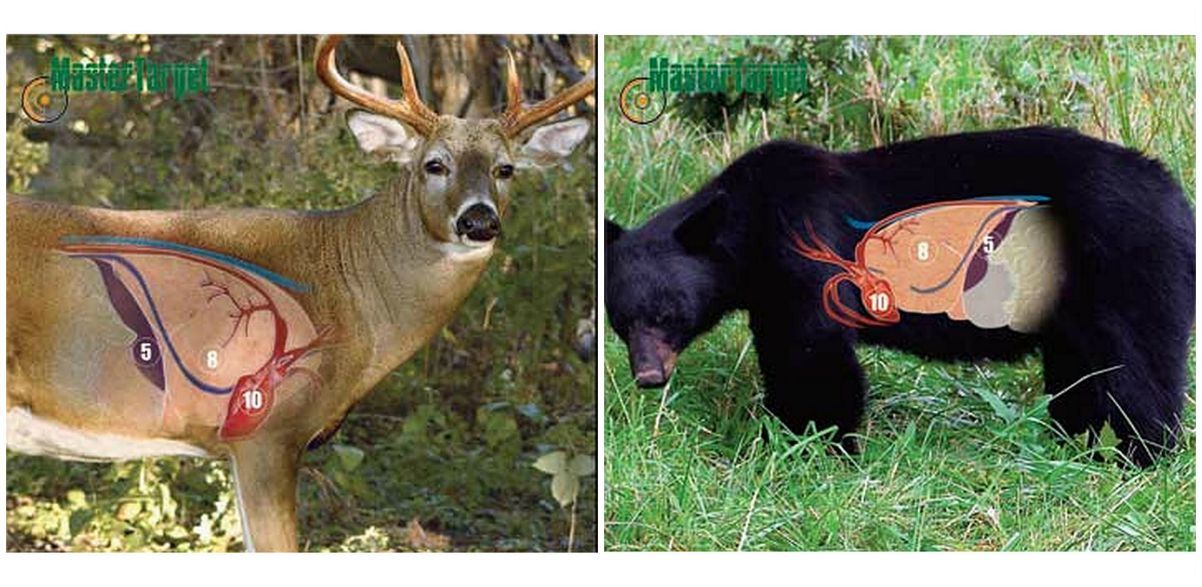 Deadly Black Bear Shot Placement for Bowhunters | Grand View Outdoors
Deadly Black Bear Shot Placement for Bowhunters | Grand View Outdoors VLOG #12: Four Tips for Shot Placement on Bear (Rode a Mule to ...
VLOG #12: Four Tips for Shot Placement on Bear (Rode a Mule to ... Deadly Black Bear Shot Placement for Bowhunters | Grand View Outdoors
Deadly Black Bear Shot Placement for Bowhunters | Grand View Outdoors Shot Placement | Bear hunting, Black bear hunting, Coyote hunting
Shot Placement | Bear hunting, Black bear hunting, Coyote hunting Finishing the Job: Shot Placement on Bear | Bowhunting.Net
Finishing the Job: Shot Placement on Bear | Bowhunting.Net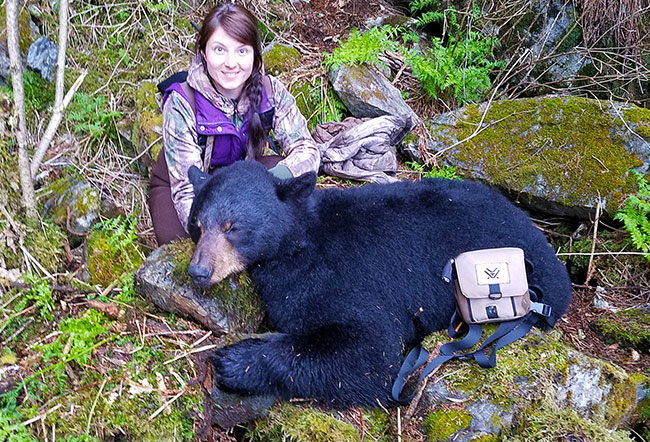 Black Bear Hunting in Alaska., Alaska Department of Fish and Game
Black Bear Hunting in Alaska., Alaska Department of Fish and Game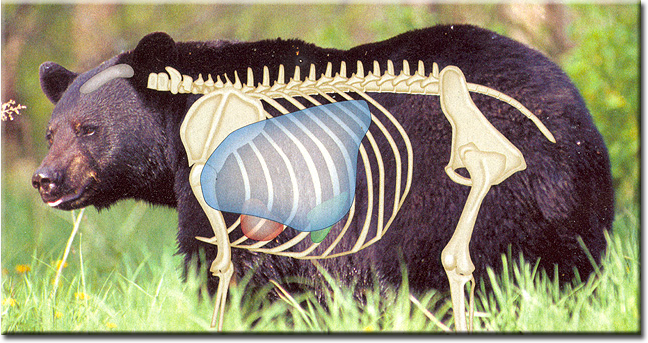 Shot Placement Best Kill Shot for Black Bear - How to Shoot a Bear
Shot Placement Best Kill Shot for Black Bear - How to Shoot a Bear HUNTING Black Bear | AfricaHunting.com
HUNTING Black Bear | AfricaHunting.com Fourth Arrow Camera Arms / Black Bear Shot Placement Tips
Fourth Arrow Camera Arms / Black Bear Shot Placement Tips Bear Shot Placement | AfricaHunting.com
Bear Shot Placement | AfricaHunting.com The Best Shot Placement for Black Bear | ON TARGET in CANADA
The Best Shot Placement for Black Bear | ON TARGET in CANADA Shot Placement: Bears | Bear hunting, Bear, Moose hunting
Shot Placement: Bears | Bear hunting, Bear, Moose hunting Bear Bullet Placement
Bear Bullet Placement Where to Shoot a Bear With a Bow: Shot Placement Guide for Archery ...
Where to Shoot a Bear With a Bow: Shot Placement Guide for Archery ... Rage Hypodermic Titanium test destroys Black Bear in Canada ...
Rage Hypodermic Titanium test destroys Black Bear in Canada ...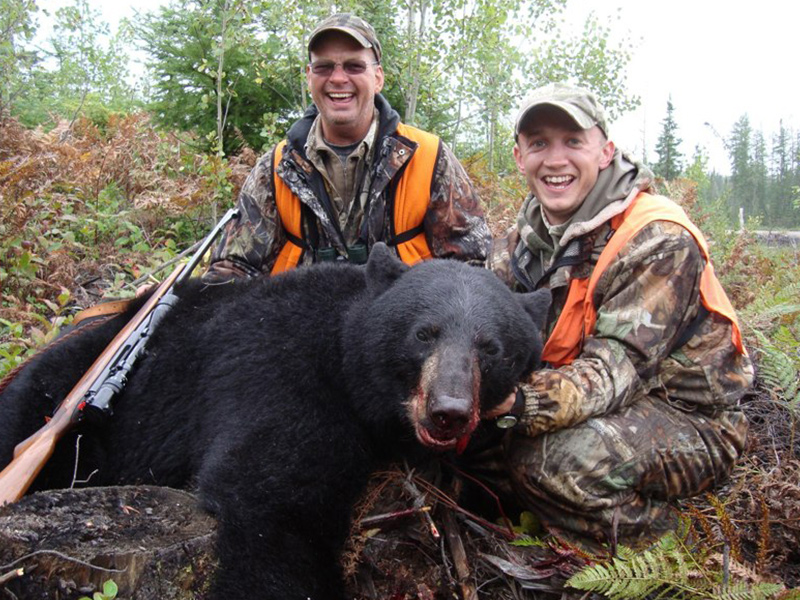 Black Bear Shot Placement | Shooting Star Camp
Black Bear Shot Placement | Shooting Star Camp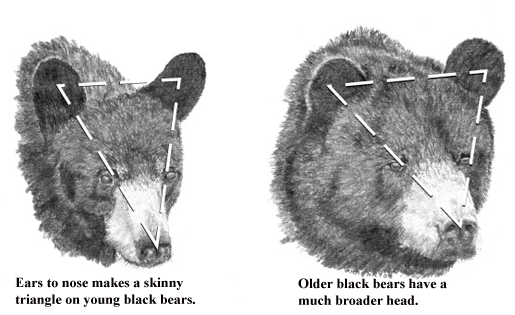 Bear Hunt Techniques
Bear Hunt Techniques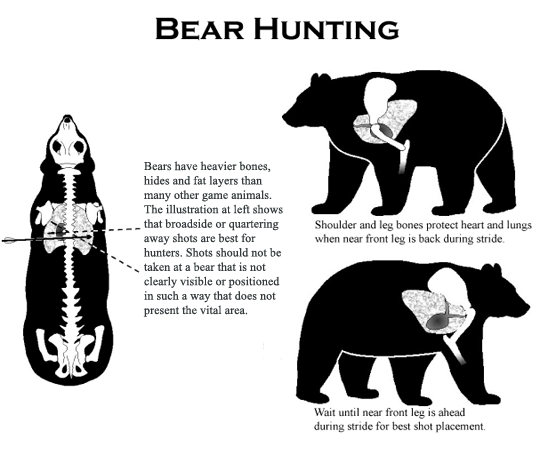 Bear Hunt Techniques
Bear Hunt Techniques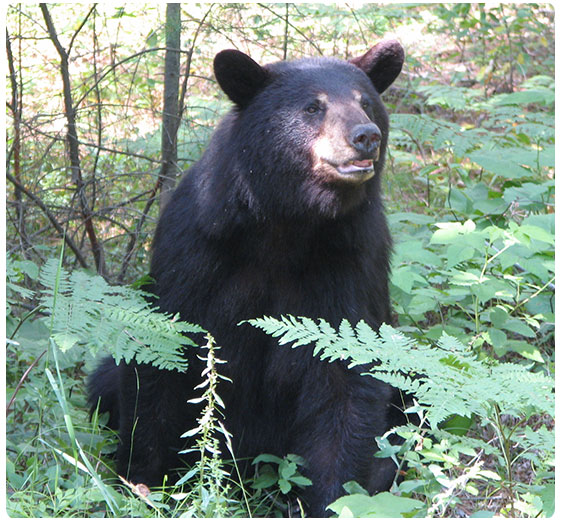 Bear Hunting Tips and Techniques | Vermont Fish & Wildlife Department
Bear Hunting Tips and Techniques | Vermont Fish & Wildlife Department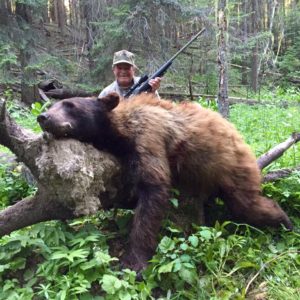 Black Bear Shot Placement — LHHunting.com
Black Bear Shot Placement — LHHunting.com The Best Shot Placement for Black Bear | ON TARGET in CANADA
The Best Shot Placement for Black Bear | ON TARGET in CANADA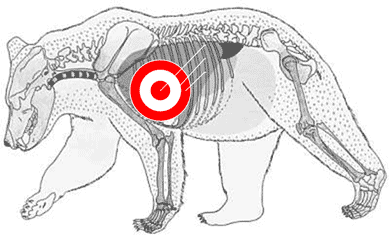 Bear Baiting: Shot Placement - Hunter Education, Alaska Department ...
Bear Baiting: Shot Placement - Hunter Education, Alaska Department ...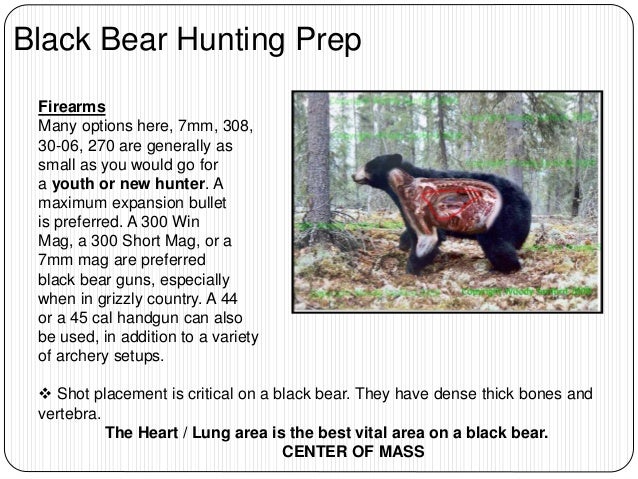 Black Bear Hunting in Alaska BOW Presentation 2016
Black Bear Hunting in Alaska BOW Presentation 2016 NJDEP Division of Fish & Wildlife - Black Bear Hunting Season ...
NJDEP Division of Fish & Wildlife - Black Bear Hunting Season ... Bear Hunting Regulations | New Jersey Hunting Seasons ...
Bear Hunting Regulations | New Jersey Hunting Seasons ... Everything You Wanted to Know about Black Bears | Mossy Oak
Everything You Wanted to Know about Black Bears | Mossy Oak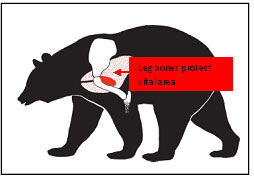 Bear Hunting Tips and Techniques | Vermont Fish & Wildlife Department
Bear Hunting Tips and Techniques | Vermont Fish & Wildlife Department Where to Shoot a Bear With a Bow: Shot Placement Guide for Archery ...
Where to Shoot a Bear With a Bow: Shot Placement Guide for Archery ...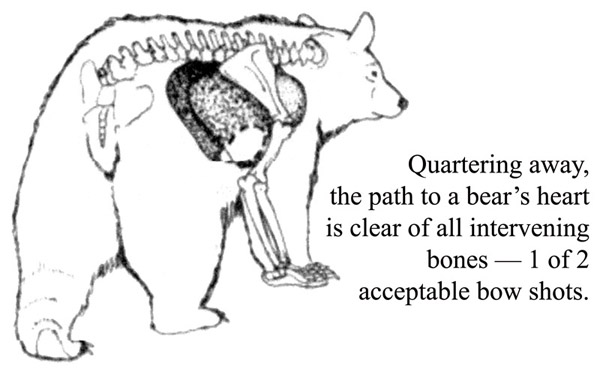 The Shot and Aftermath (While Hunting Black Bears) by Dr. Ken Nordberg
The Shot and Aftermath (While Hunting Black Bears) by Dr. Ken Nordberg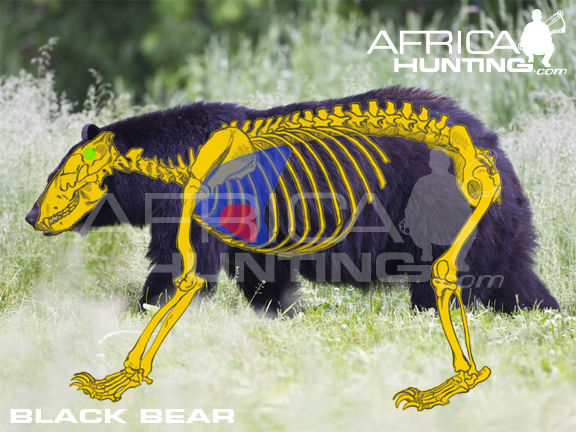 BOWHUNTING Black Bear | AfricaHunting.com
BOWHUNTING Black Bear | AfricaHunting.com Finishing the Job: Shot Placement on Bear | Bowhunting.Net
Finishing the Job: Shot Placement on Bear | Bowhunting.Net Spring Black Bear Hunts British Columbia | Spot & Stalk Hunts
Spring Black Bear Hunts British Columbia | Spot & Stalk Hunts Where To Shoot A Bear 2019 | Best Kill Shot for Bear
Where To Shoot A Bear 2019 | Best Kill Shot for Bear Black bear shot placement | Boarmasters | Bear, Hog, Deer, and Elk ...
Black bear shot placement | Boarmasters | Bear, Hog, Deer, and Elk ... Prepare for Black Bear: A Bowhunter's Guide | Bass Pro Shops
Prepare for Black Bear: A Bowhunter's Guide | Bass Pro Shops The Best Shot Placement for Black Bear | ON TARGET in CANADA
The Best Shot Placement for Black Bear | ON TARGET in CANADA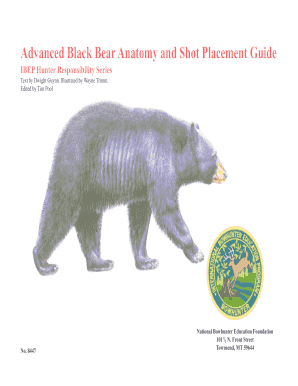 Black Bear Anatomy - Fill Online, Printable, Fillable, Blank ...
Black Bear Anatomy - Fill Online, Printable, Fillable, Blank ... Six Tips for Better Shot Placement | Big Game Hunt
Six Tips for Better Shot Placement | Big Game Hunt VLOG #19: IN-THE-FIELD TIPS for shot placement on BEAR - YouTube
VLOG #19: IN-THE-FIELD TIPS for shot placement on BEAR - YouTube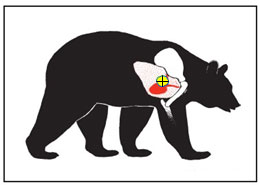 Bear Hunting Tips and Techniques | Vermont Fish & Wildlife Department
Bear Hunting Tips and Techniques | Vermont Fish & Wildlife Department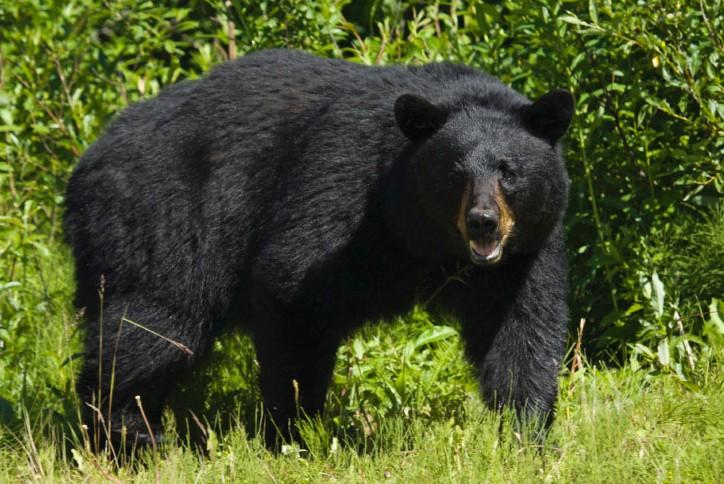 Top cartridges & bullets for black bears • Outdoor Canada
Top cartridges & bullets for black bears • Outdoor Canada Black Bear Shot Placement Diagram (With images) | Bear hunting ...
Black Bear Shot Placement Diagram (With images) | Bear hunting ... Shot Angles: Quartering-Away
Shot Angles: Quartering-Away Shot Placement: Argument for Middle of the Middle - The Hunting Beast
Shot Placement: Argument for Middle of the Middle - The Hunting Beast
Posting Komentar
Posting Komentar